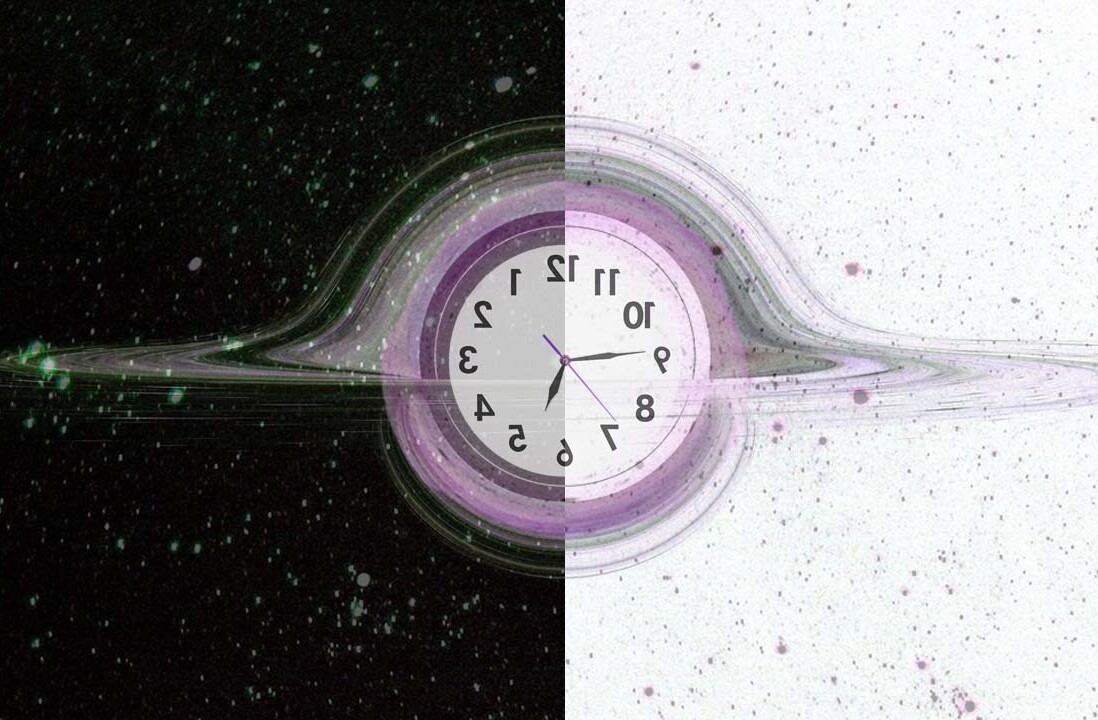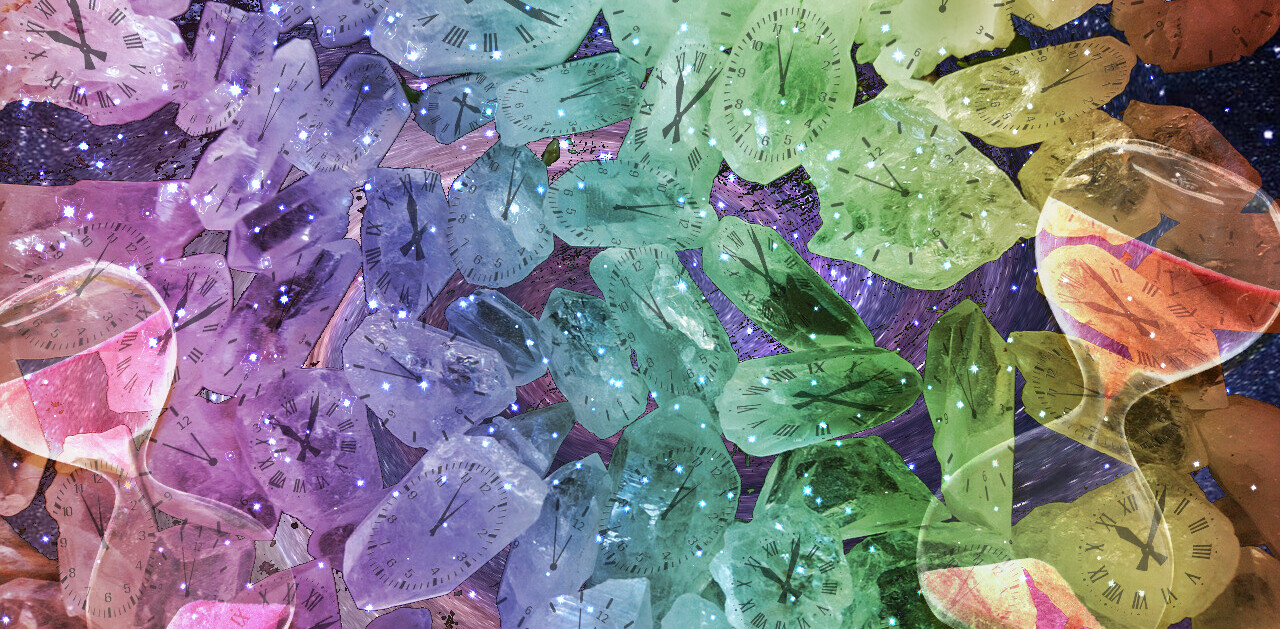
A team of scientists recently published a paper indicating that life on Earth is the result of what can only accurately be described as cosmic teleportation.
Humankind has long sought to penetrate the mystery of how life came to exist on our planet. But what if the only reason we’re here right now is because the universe cheats?
If we trace the origin of life back to the dawn of biology on Earth, we find ourselves rewinding to the primordial soup from which our first ancestors rose.
However, the basic building blocks of life had to be present before anything could ooze its way out of the soup and into the future. So the question is: how did amino acids end up on Earth?
According to the research team, which included scientists from the Max Planck Institute and Friedrich Schiller University Jena, our origin story actually began in space.
Per the team’s research paper:
Here we prove experimentally that the condensation of carbon atoms on the surface of cold solid particles (cosmic dust) leads to the formation of isomeric polyglycine monomers (aminoketene molecules).
In other words: the researchers experimentally formed complex amino acids in a space-like environment. This is significant because it’s long been believed that life was only able to form on the Earth because of its proximity to the sun.
This new research doesn’t necessarily change that. It’s clear life thrives on our planet due to its unique amenities. But if the basic building blocks of life, amino acids, can form into complex chains in the void of space, it’s possible the universe is practically teeming with the potential for life.
However, getting those building blocks to form in cold temperatures is no easy feat. First, you have to push the boundaries of chemistry by designing amino acids that can form in a waterless paradigm. Then you have to leave the laws of physics behind to overcome what’s essentially an insurmountable barrier.
The gist of the problem is that molecules have greater thermal energy at higher temperatures. That’s why combustion engines work.
Here on Earth, it’s warm enough for atoms to use thermal energy to overcome the energy barriers to their formation into amino acids.
But out there in space? It’s cold and molecules are lazy. They don’t have enough energy to climb over the energy barrier.
In order to overcome this, the researchers simply relied on the universe’s natural penchant for cheating.
Instead of giving the atoms more energy, the universe teleports them past the barrier and pretends like it never happened. This is a wacky quantum process called “tunneling.”
As Chemistry World’s Katrina Kramer explains:
Tunnelling is actually a terrible word to use because the term conjures up images of a particle boring its way through a wall. But there is no hole, tunnel or any other type of opening involved.
Instead, we need to use the same currency the field of quantum mechanics deals in: probability. A particle can be described as an oscillating wave, its amplitude representing the probability of finding it in a certain place. When encountering a barrier, this wave doesn’t end abruptly. Instead, it continues inside and on the far side of the barrier, albeit with a smaller amplitude.

Basically, life on Earth exists because the universe allows particles to glitch through walls like characters in a poorly-modeled video game world.
The amino acids we’re made out of were very likely formed in space through ridiculous circumstances before eventually being forged into cosmic masses made of improbable organics.
Per the team’s paper:
As demonstrated here, a portion of these organics could be in the form of peptides. At later stages, such dust becomes the building blocks of comets or meteorites. The formed organics could therefore have been delivered to the early Earth during the period of heavy bombardment.
Quantum tunneling might sound like the kind of thing scientists make up when they can’t explain what happened, but it’s actually a phenomenon they’re quite familiar with.
The sun, for example, only shines because enough random particles tunnel past their own energy barriers to cause the chemical reactions necessary to keep it burning.
Life, or at least its building blocks, might not be as rare as we once thought. Unfortunately for us, however, it seems like planets that can support it are.
Get the TNW newsletter
Get the most important tech news in your inbox each week.




